When it comes to weight training apparel, one of the last things most exercisers think of is their footwear. For many people, their workout footwear of choice is a pair of running shoes. The trouble is, while running shoes are fine for some exercises, for others they are less so.
Running shoes – pros and cons
Running shoes are designed for running – no surprise there then! They are cushioned, have a thick heel compared to the sole and are designed to help your foot roll from the initial heel strike to pushing off your toes. When you run, shock absorption is essential and the sole of the running shoe distorts as it directs the impact force out and away from your foot to achieve this.
However, for heavy weight training, all that cushioning can cause problems.
For example, if you are squatting with a heavy barbell on your shoulders, the last thing you want between you and the floor is a layer of compressible foam that might cause you to wobble or, at the very least, absorb some if your precious squatting energy. The same is true for any standing exercise such as overhead presses. Shock absorbing shoes compress under load and that can lead to instability.
Also, the raised heel that is so typical in running shoes can throw your weight forward onto your toes which, in exercises like the deadlift and power clean, can make an already hard exercise even more tricky. Additionally, the thick sole increases the range of movement in any exercise that involves lifting a weight from the floor. This is not an issue for the average gym goer but if you want to maximize the amount of weight you want to lift, any potential disadvantage is worth avoiding.
The right shoe for weight training
So what is the ideal footwear for weight training? The answer is – it depends!
Beginners using light weights and who do a variety of exercises and workouts will probably do okay with the aforementioned running shoes. Yes, running shoes do have their limitations but a beginner is unlikely to experience them for a while yet.
Running shoes also have the advantage of being suitable for running on the treadmill or doing a group exercise class so they represent good value for money.
Cross-trainers are slightly stiffer, less cushioned workout shoes that are designed for a variety of gym training. They aren’t ideal for long runs but are okay for a quick trot on the treadmill. If your workout contains a variety of exercises and training methods, cross-trainers are a decent choice.
If you are more serious about your weight training, a pair of weight lifting shoes are worth considering. With solid soles and providing lots of support, weight training shoes are not normally suitable for jogging or other non-lifting workouts but the stability they provide is unparalleled; squats never felt so good.
The only exercise that weight lifting shoes are not really suitable for is deadlifts. The elevated heel increases the distance the bar has to travel and also pushes you forward onto your toes slightly. Many deadlifters wear shoes with virtually no heel such as minimalist running shoes, kung fu slippers, Chuck Taylors or other flat sneakers.
What you wear on your feet can have a significant impact on how exercises feel and how well you can perform in them but, if you are a general exerciser training for all-round fitness and health, a pair of running shoes or cross-trainers will probably suffice. Yes, if you intend to squat big weights then weight lifting shoes may help but if you are just doing a few sets of lunges and leg presses twice a week, buying specialist shoes may be overkill.
Conclusion
Ultimately, the best shoes for weight training are firm rather than overly cushioned, sturdy and provide plenty of lateral support. For some, that means weight lifting shoes but for others, a pair of low-tech sneakers will be fine. Remember, expensive, shock-absorbing, lightweight running shoes are great for running but for weight training, a little less cushioning is actually advantageous.

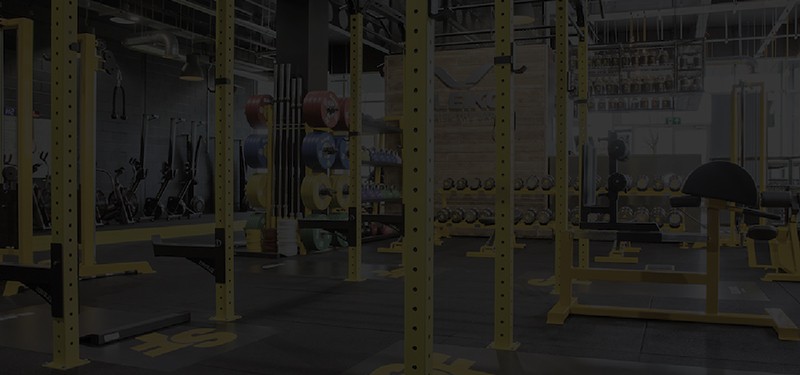
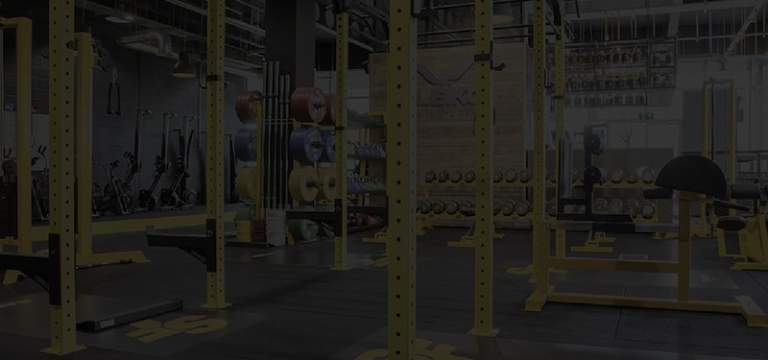
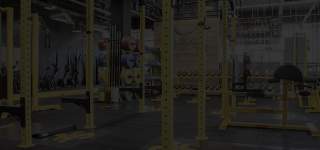
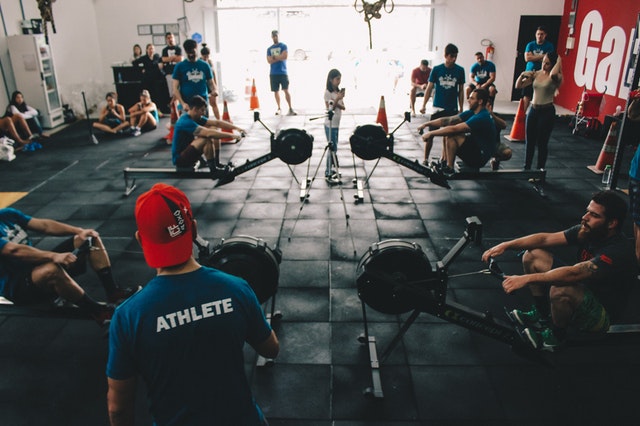
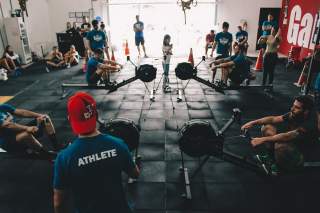
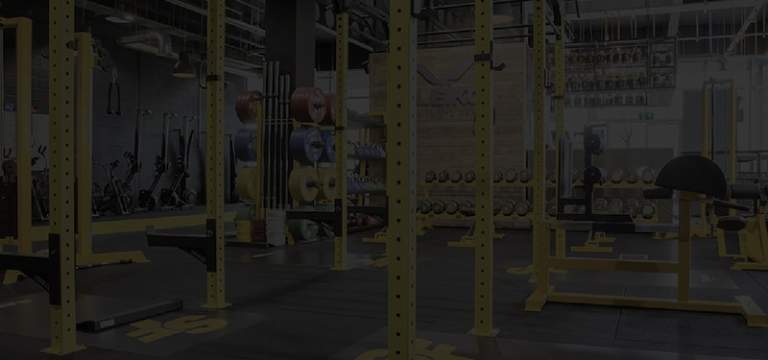
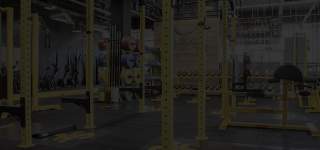
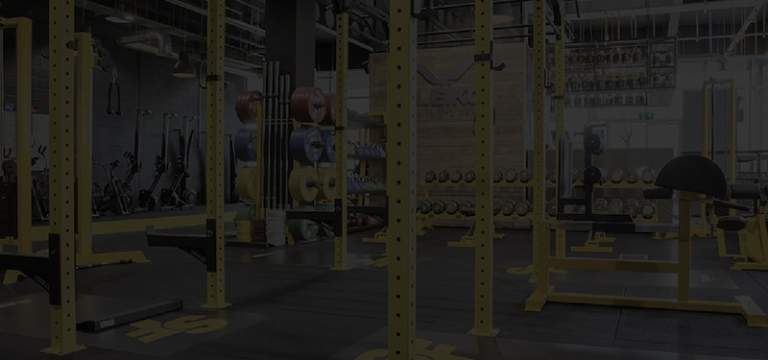
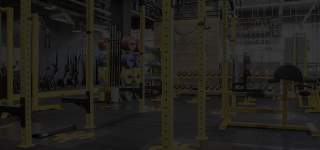
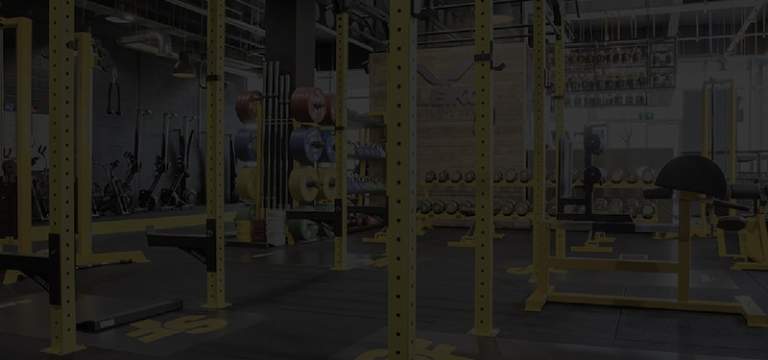
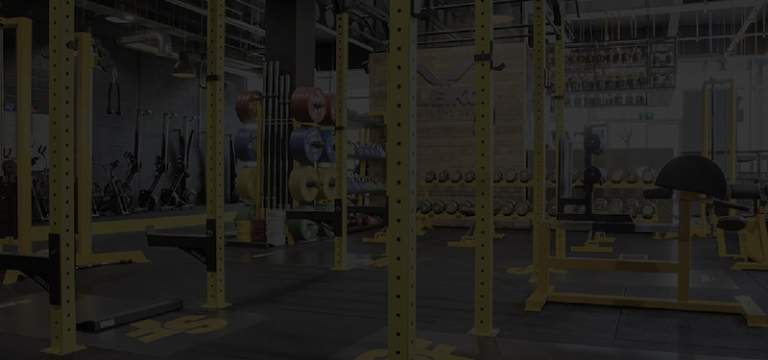
1 Comment
Comments are closed.